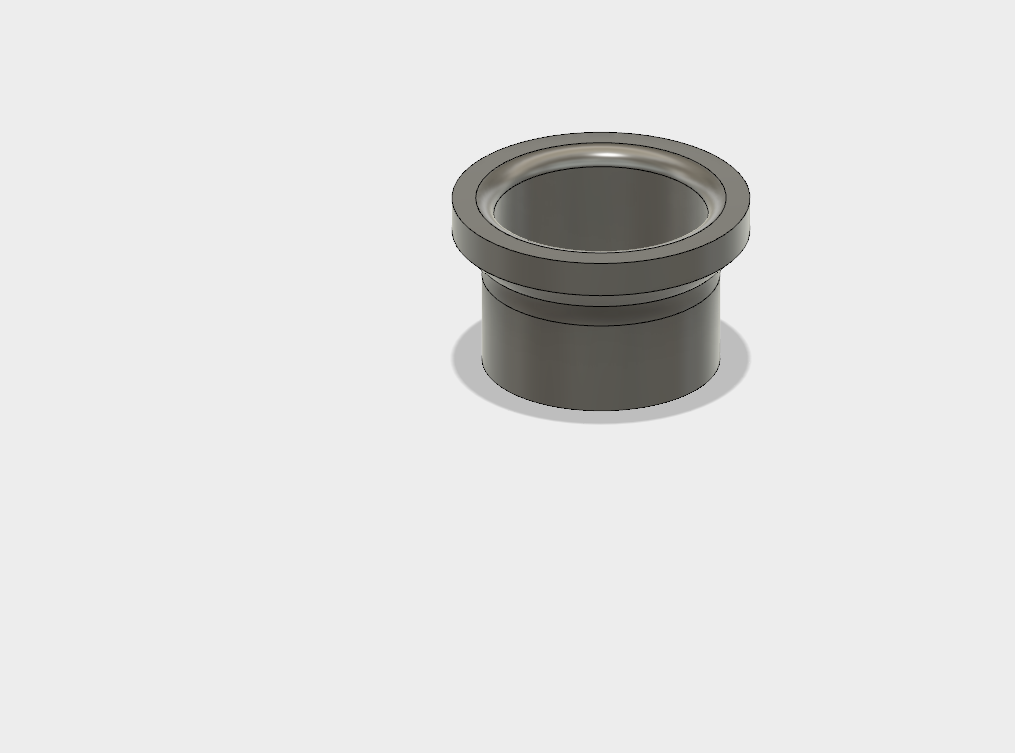Balloon Powered Racers
Introduction
Key Concepts
- Physics
- Kinetic energy
- Potential energy
- Conservation of energy
- Newton's laws of motion (Newton's third law of motion)
Weight, air resistance, friction, and efficient use of the air escaping balloon are all elements that affect the speed of a balloon racer.
To make the vehicle go faster, you need to figure out how to:
- Reduce weight
- Minimize drag
- Cut friction
- Improve nozzle air flow
Weight
The force that pushes your car forward is equal to the mass of the car multiplied by the acceleration of the car.Decreasing the mass, will increase the speed.
Drag
When you reduce the drag, less of the force from the balloon is lost to pushing against air and more is given to increasing the speed of the vehicle.The front of your racer should not have any large flat surfaces. Using curves or wedge shapes with a low profile will make it more aerodynamic.
Friction
Friction from the wheels turning, will take energy away from the balloon and from the speed of your car.Make sure your axel is lubricated. If you are using a wooden dowel, sprinkle or rub dry graphite onto the axel. Unlike oils, the graphites won't be absorbed into the wood.
Air Flow
When you inflate a balloon, it stores potential energy in the form of stretched rubber with compressed air inside. When you release the nozzle, the rubber contracts and pushes the air out the nozzle. The air pushes back on the rubber, propelling the balloon racer forward.Adding a plastic nozzle will keep the air that is leaving the balloon pushing smoothly in one direction without losing energy to the rapid flapping that occurs when air exits the latex opening of the balloon.
Your design will be most efficient if your nozzle and air tube are pointed straight back and not downward or to the side. Experiment with different diameters to find the best size nozzle for maximum speed.
Nozzle idea:

Modifications
- Change the size of the wheels to determine how that (and alignment) might affect the distance and direction your car travels.
- Change size of propulsion tube or test different sizes to see which exhaust system supplies the most thrust.
Challenges
- Go farther.
- Go faster
